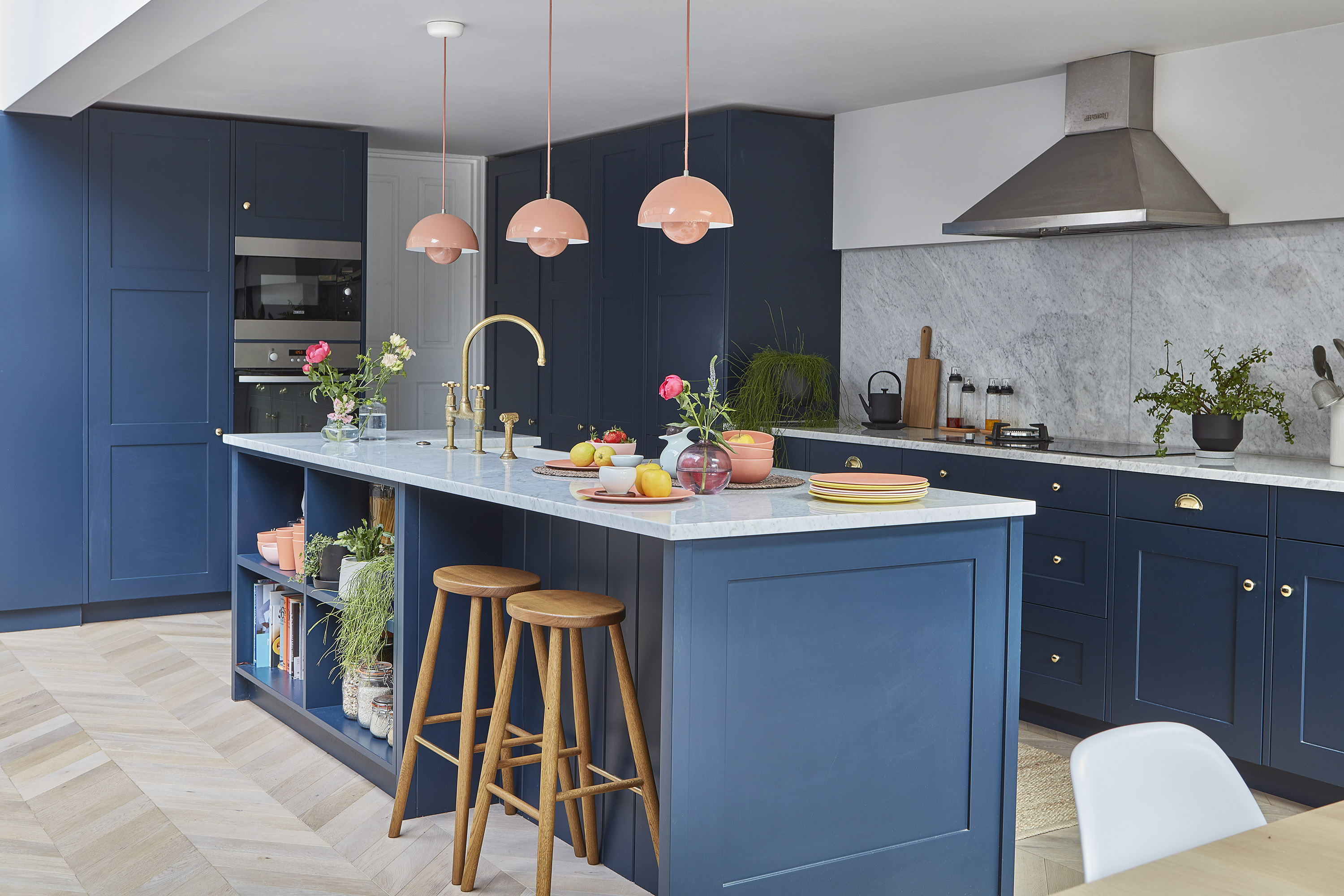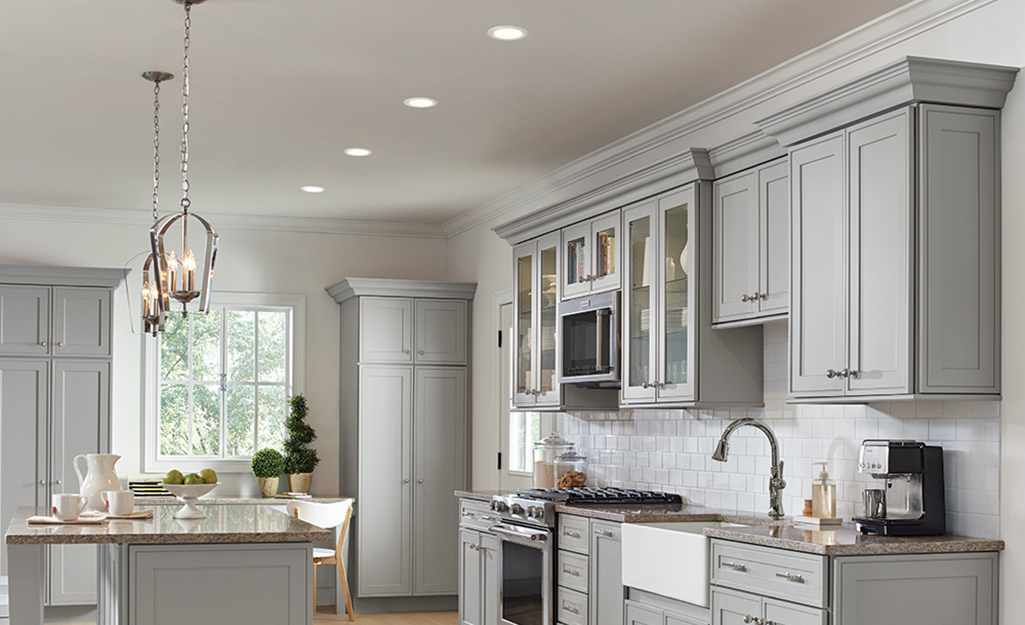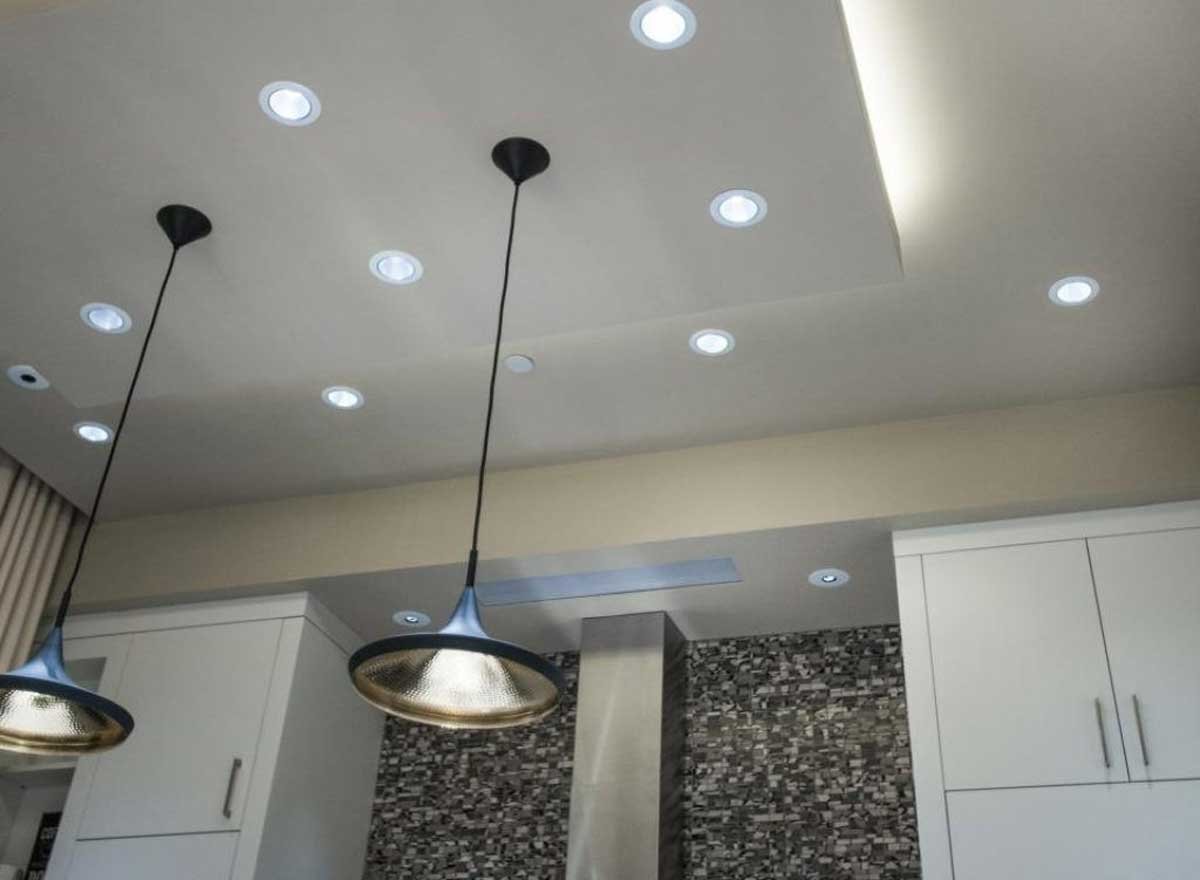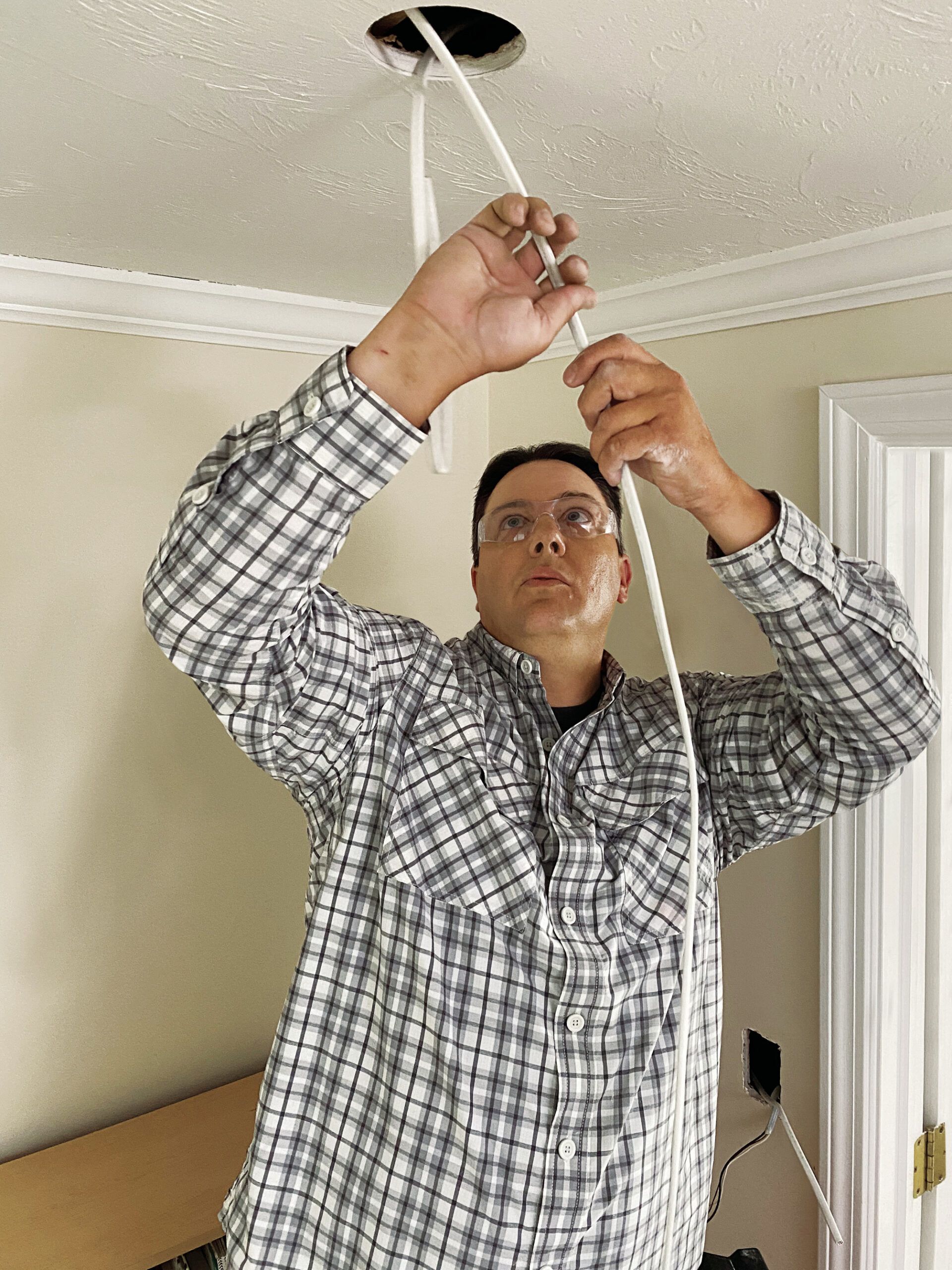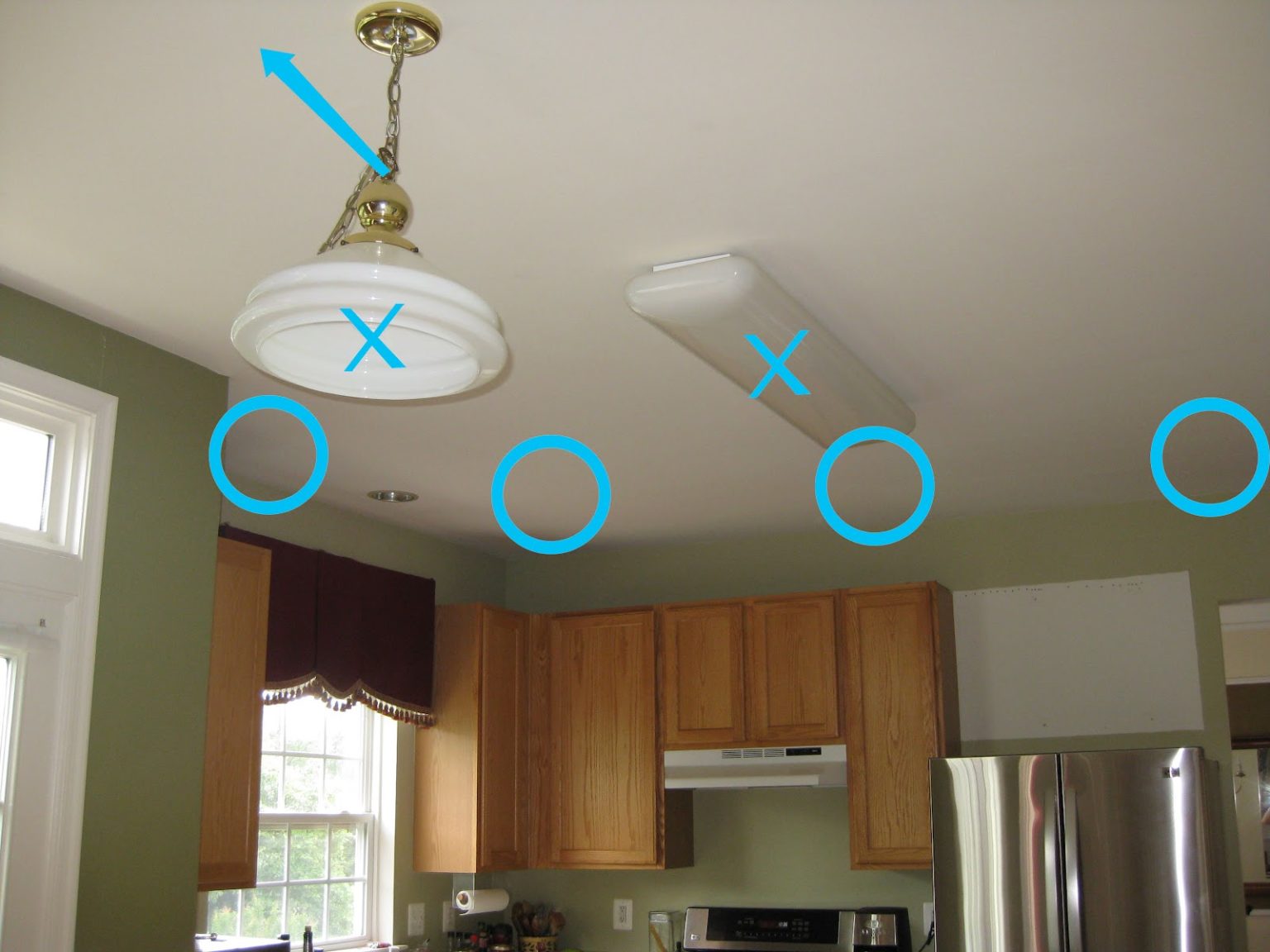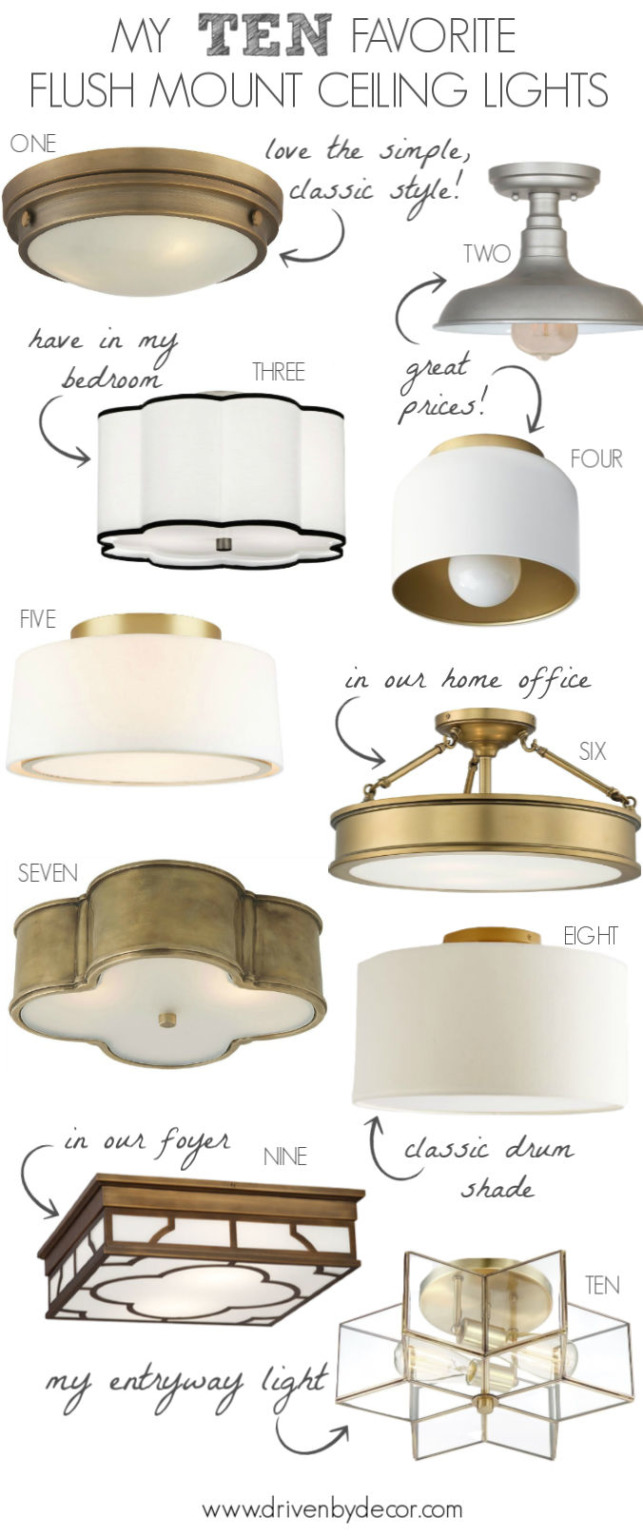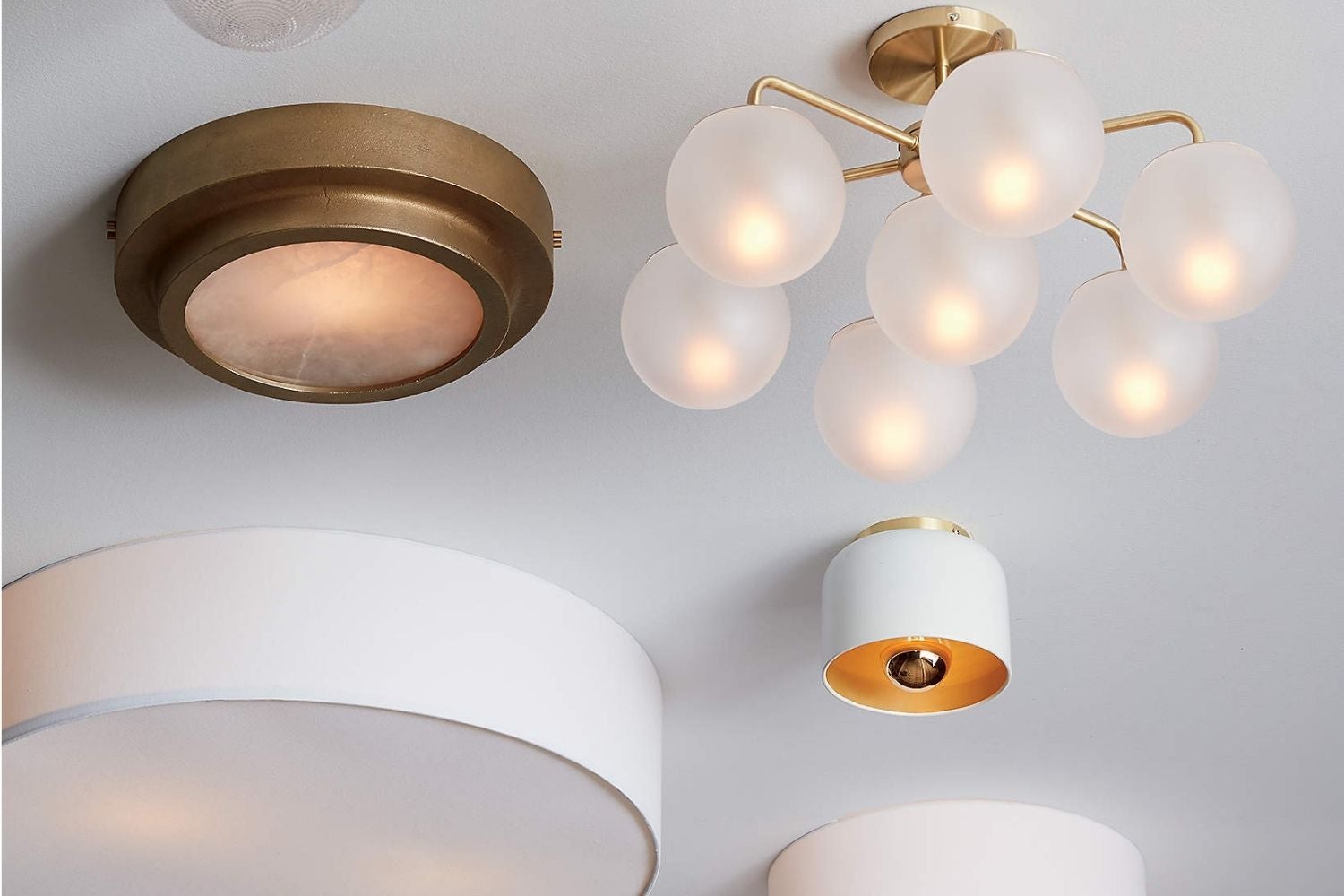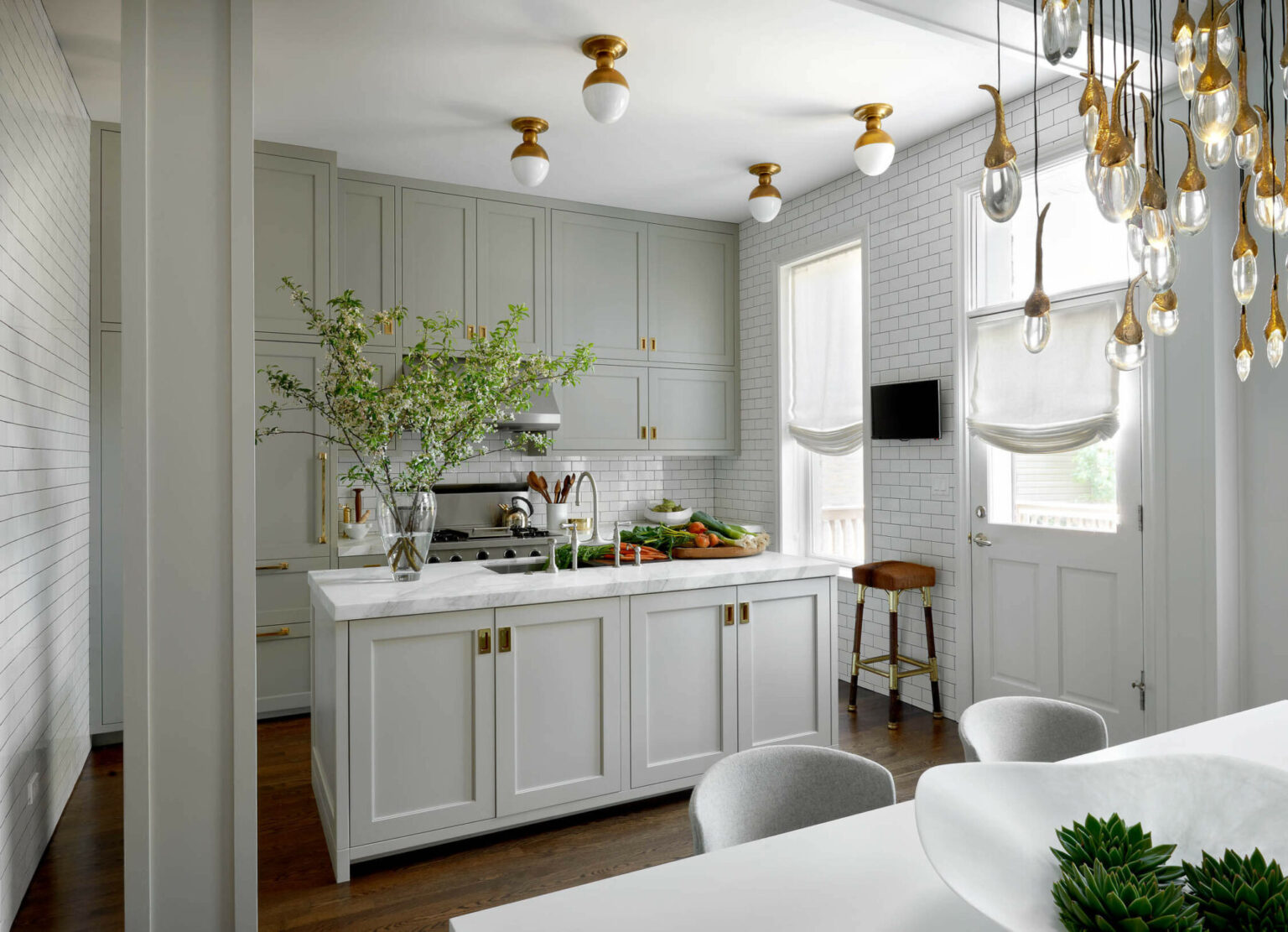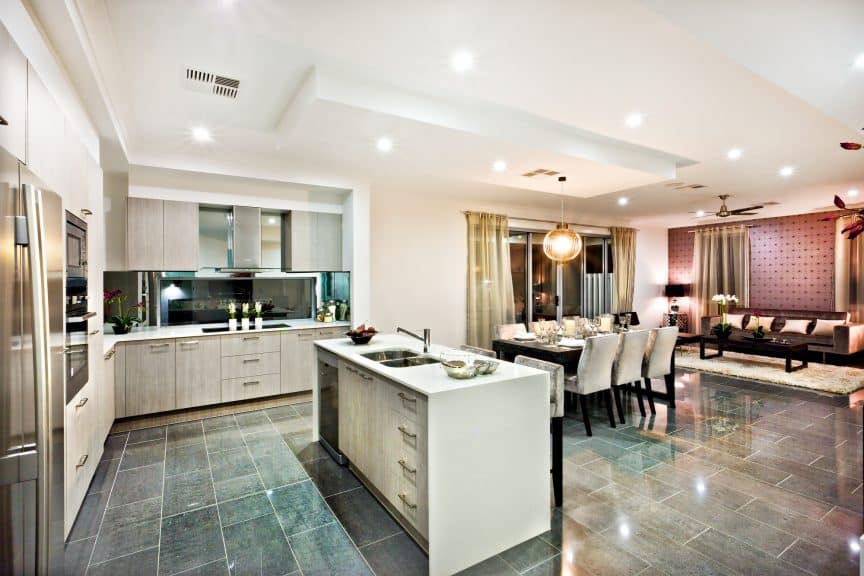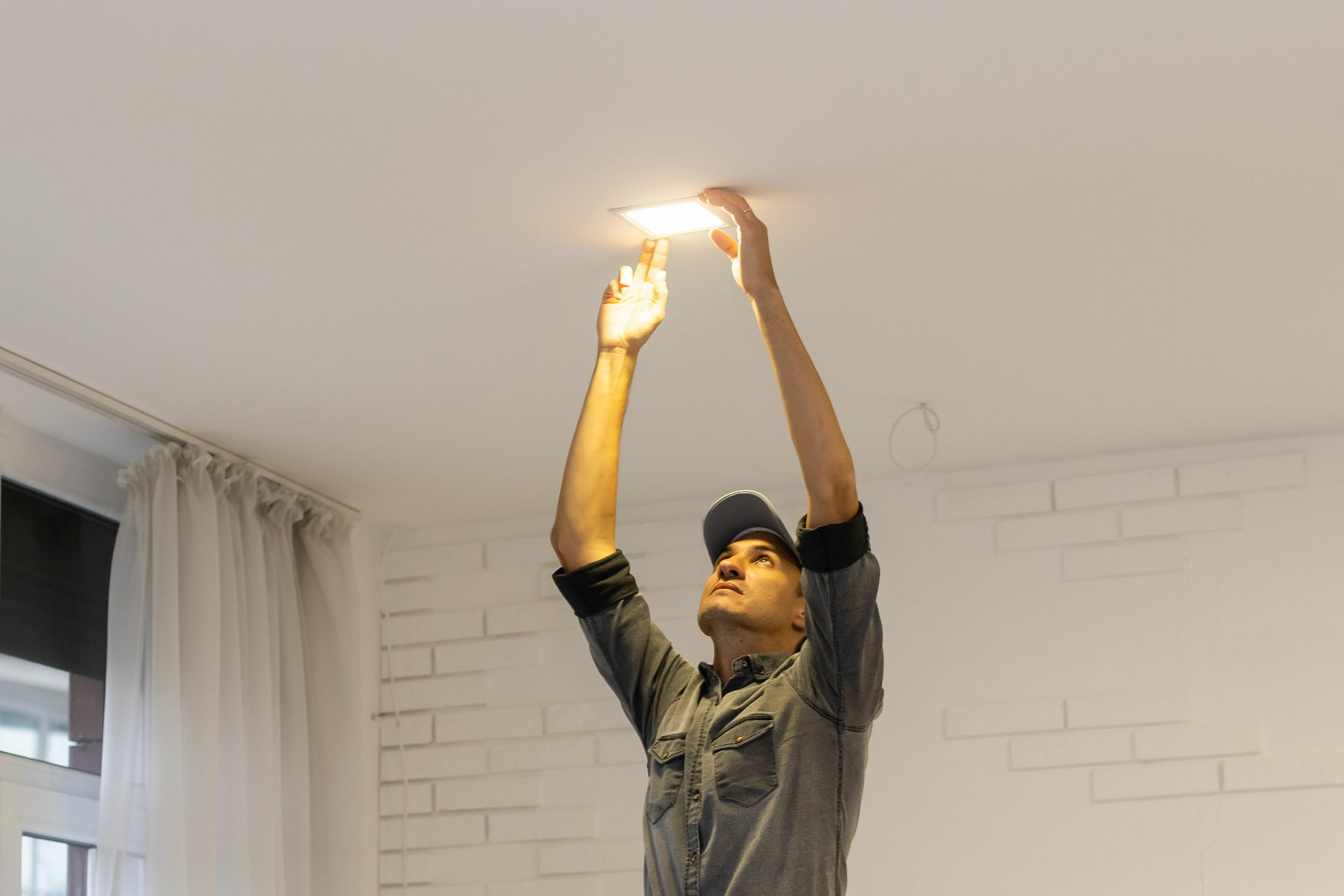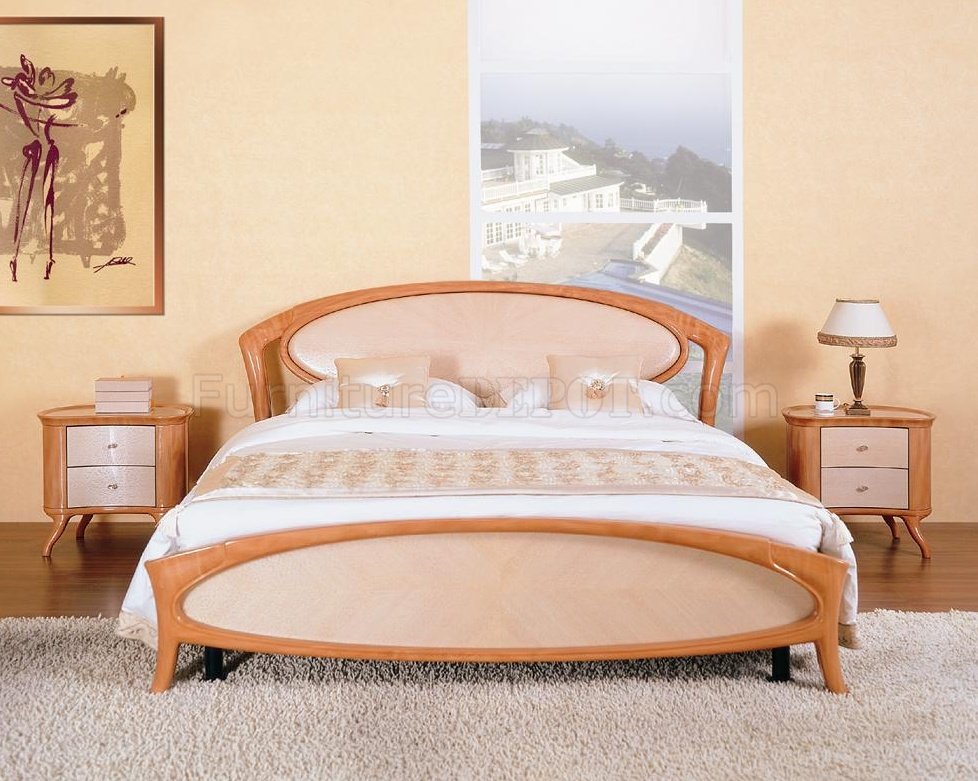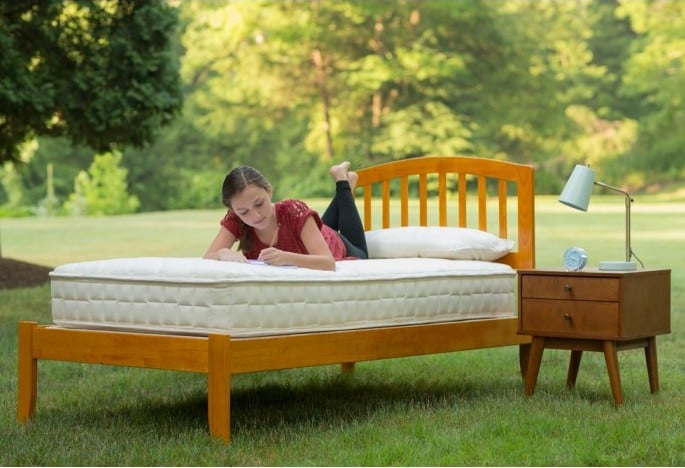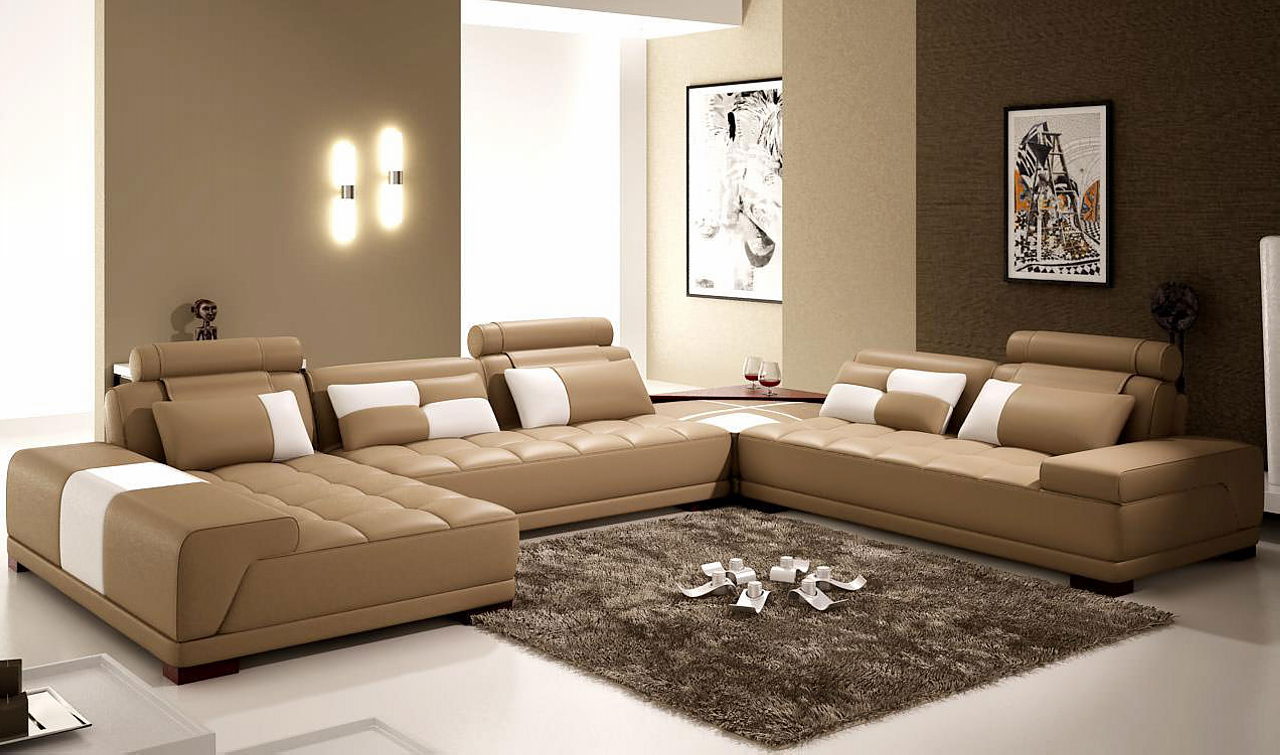When it comes to lighting up your kitchen, there are many options to choose from. One of the most popular choices in recent years has been recessed lighting. These small, hidden lights can provide a sleek and modern look to any kitchen. But is recessed lighting the right choice for your kitchen? Let's take a look at the pros and cons of using recessed lighting in this space.Recessed Lighting in the Kitchen: Pros and Cons
Before making any decisions about lighting in your kitchen, it's important to consider the layout and design of the space. Recessed lighting can work well in open concept kitchens with high ceilings, as it can provide ample light without cluttering the space. However, in smaller kitchens with lower ceilings, recessed lighting may not be the best option as it can make the room feel too bright and sterile.Is Recessed Lighting Right for Your Kitchen?
There are many benefits to using recessed lighting in the kitchen. Here are five reasons why you might want to consider installing it in your space: 1. Provides even lighting: Recessed lighting is a great way to evenly light up your kitchen. Unlike pendant or track lighting, which can create shadows and dark spots, recessed lights are placed strategically to provide consistent lighting throughout the space. 2. Saves space: If you have a smaller kitchen, you know the struggle of trying to fit everything in without it feeling cluttered. Recessed lighting takes up no space at all, making it a great choice for those who want a minimalist look. 3. Easy to customize: Recessed lighting comes in a variety of sizes and styles, making it easy to customize to your specific kitchen design. You can choose from different trim options and adjust the placement of the lights to best suit your needs. 4. Energy efficient: LED recessed lighting is an energy-efficient option for your kitchen. These lights use less energy and last longer than traditional bulbs, saving you money on your energy bill in the long run. 5. Adds value to your home: If you're thinking of selling your home in the future, installing recessed lighting in the kitchen can add value to your property. This modern and sleek lighting option is a desirable feature for potential buyers.5 Reasons to Install Recessed Lighting in Your Kitchen
Now that you've decided to go with recessed lighting in your kitchen, it's important to choose the right type of lights for your space. Here are a few things to consider: 1. Size and placement: The size and placement of your recessed lights will depend on the size and layout of your kitchen. For smaller kitchens, smaller lights with closer placement may be more suitable, while larger kitchens with high ceilings may require bigger lights placed further apart. 2. Trim options: Recessed lights come with different trim options, such as baffle, reflector, and adjustable. Each type of trim offers a different look and level of light diffusion, so consider which one will best fit your design aesthetic. 3. Bulb type: LED bulbs are the most energy-efficient option, but you can also choose from halogen or incandescent bulbs. Keep in mind that LED bulbs have a longer lifespan and use less energy.How to Choose the Best Recessed Lighting for Your Kitchen
Installing recessed lighting in the kitchen may seem like a simple task, but there are a few dos and don'ts to keep in mind to ensure the best results: Do: - Plan out the placement of your lights before starting installation. - Use a licensed electrician to install the lights. - Choose a color temperature for your bulbs that complements the color scheme of your kitchen. Don't: - Install too many lights, as this can create an overwhelming and harsh lighting effect. - Place lights too close to each other, as this can create a "spotlight" effect instead of evenly distributed lighting. - Install recessed lights near insulation or other flammable materials.The Dos and Don'ts of Installing Recessed Lighting in the Kitchen
When it comes to lighting up your kitchen, there are two main options to consider: recessed lighting and pendant lights. While both can provide adequate lighting for a kitchen, they have different pros and cons. Recessed Lighting: + Provides even lighting throughout the space + Saves space + Can be customized to fit your specific kitchen design - May not provide enough focused light for tasks such as cooking or food prep Pendant Lights: + Adds a decorative element to the space + Can provide more focused lighting for specific areas of the kitchen - Takes up space and can make the kitchen feel cluttered - Can create shadows and dark spotsKitchen Lighting Design: Recessed vs. Pendant Lights
Looking for some inspiration for your kitchen lighting? Here are 10 ideas to consider: 1. Use a combination of recessed and pendant lighting for a balanced and functional look. 2. Install under-cabinet lighting for extra task lighting and to create a warm ambiance. 3. Incorporate a statement chandelier over an island or dining area for a touch of elegance. 4. Consider adding dimmer switches to your lights for adjustable lighting options. 5. Use LED strip lights under cabinets for a modern and sleek look. 6. Install recessed lights in a grid pattern for a more structured and organized look. 7. Use pendant lights with adjustable cords to create different levels of lighting in the space. 8. Incorporate recessed lights in the ceiling with a different trim option for a unique and eye-catching look. 9. Use pendant lights with geometric or industrial designs for a modern and edgy look. 10. Install a combination of recessed and track lighting for a flexible and versatile lighting option.10 Kitchen Lighting Ideas for an Inviting Space
In addition to the specific benefits mentioned earlier, there are other advantages to using recessed lighting in the kitchen: - Creates a clean and streamlined look, especially in open concept kitchens. - Provides a sense of height and openness in the space. - Can be used in conjunction with other types of lighting for a layered and dynamic look. - Can be angled to highlight specific areas or features in the kitchen.The Benefits of Recessed Lighting in the Kitchen
If you're comfortable with DIY projects and have some basic electrical knowledge, you may be able to install recessed lighting in your kitchen yourself. Here are the general steps to follow: 1. Plan the placement of your lights and mark the locations on the ceiling. 2. Cut holes in the ceiling for the lights using a drywall saw. 3. Wire the lights according to the manufacturer's instructions. 4. Secure the lights in place using the clips provided. 5. Install the bulbs and trim, and turn on the power to test the lights.How to Install Recessed Lighting in a Kitchen
In addition to recessed lighting, another popular option for kitchens is flush mount lighting. While they may seem similar, there are some key differences to consider: Recessed Lighting: + Provides a modern and sleek look + Saves space + Can be customized to fit your specific kitchen design - May require professional installation Flush Mount Lighting: + Can add a decorative element to the space + Generally easier to install than recessed lighting - Takes up more space - May not provide as much light as recessed lighting In conclusion, recessed lighting can be a great choice for any kitchen, but it's important to consider your specific space and needs before making a decision. With the right planning and installation, recessed lighting can provide a functional and stylish lighting solution for your kitchen.Kitchen Lighting: Recessed vs. Flush Mount
Why Recessed Lighting is a Must-Have in Your Kitchen Design
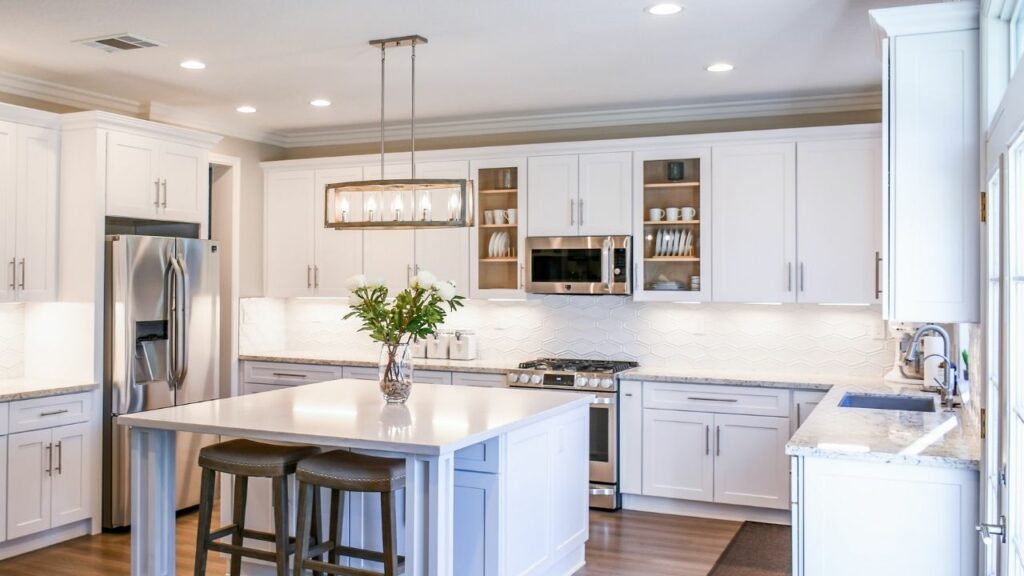 When designing or renovating a house, the kitchen is often considered the heart of the home. It's where we spend a significant amount of time cooking, eating, and gathering with family and friends. Therefore, it's essential to have a well-designed kitchen that not only looks aesthetically pleasing but also functions efficiently. One crucial element that shouldn't be overlooked in kitchen design is lighting, specifically
recessed lighting
. While some may question whether or not it's necessary to have recessed lighting in the kitchen, the answer is a resounding yes! Here's why:
When designing or renovating a house, the kitchen is often considered the heart of the home. It's where we spend a significant amount of time cooking, eating, and gathering with family and friends. Therefore, it's essential to have a well-designed kitchen that not only looks aesthetically pleasing but also functions efficiently. One crucial element that shouldn't be overlooked in kitchen design is lighting, specifically
recessed lighting
. While some may question whether or not it's necessary to have recessed lighting in the kitchen, the answer is a resounding yes! Here's why:
Enhances Overall Aesthetic
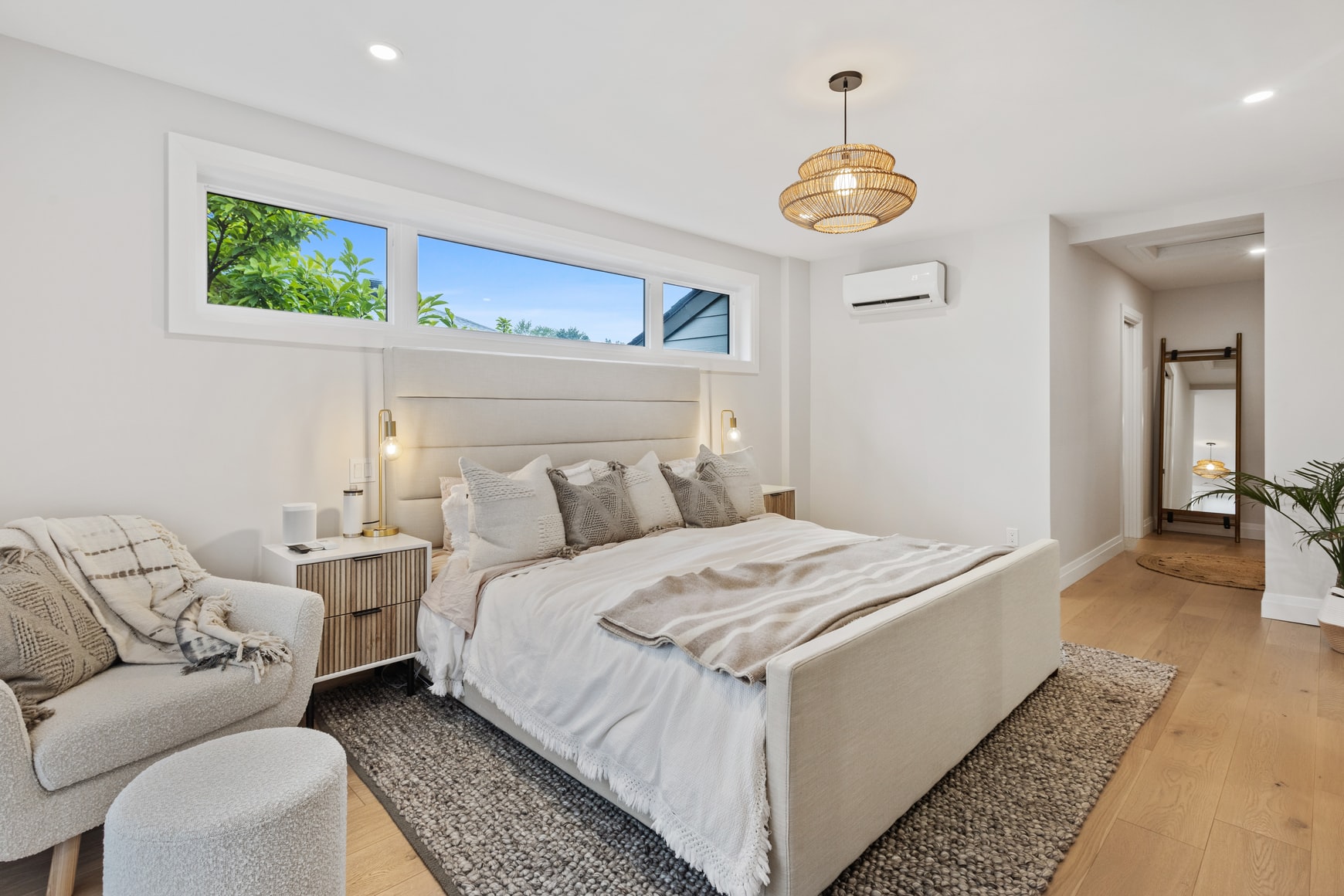 Recessed lighting, also known as can lighting, is a type of light fixture that is installed into the ceiling, creating a sleek and modern look. Unlike traditional lighting fixtures such as chandeliers or pendant lights, recessed lighting is discreet and blends seamlessly into the ceiling. This creates a clean and uncluttered look, making your kitchen appear more spacious and sophisticated. With the right placement and number of recessed lights, you can also highlight specific areas in your kitchen, such as the countertop or kitchen island, adding depth and dimension to the overall design.
Recessed lighting, also known as can lighting, is a type of light fixture that is installed into the ceiling, creating a sleek and modern look. Unlike traditional lighting fixtures such as chandeliers or pendant lights, recessed lighting is discreet and blends seamlessly into the ceiling. This creates a clean and uncluttered look, making your kitchen appear more spacious and sophisticated. With the right placement and number of recessed lights, you can also highlight specific areas in your kitchen, such as the countertop or kitchen island, adding depth and dimension to the overall design.
Provides Adequate Illumination
 One of the main purposes of lighting in any space is to provide adequate illumination. In the kitchen, proper lighting is crucial for safety and functionality. Recessed lighting is an excellent choice for kitchens as it provides even and widespread lighting, eliminating any dark or shadowy areas. This is especially important in areas where food is prepared, as it allows you to see clearly and work efficiently. With recessed lighting, you can also adjust the brightness and direction of the lights, giving you control over the intensity and focus of the lighting.
One of the main purposes of lighting in any space is to provide adequate illumination. In the kitchen, proper lighting is crucial for safety and functionality. Recessed lighting is an excellent choice for kitchens as it provides even and widespread lighting, eliminating any dark or shadowy areas. This is especially important in areas where food is prepared, as it allows you to see clearly and work efficiently. With recessed lighting, you can also adjust the brightness and direction of the lights, giving you control over the intensity and focus of the lighting.
Saves Space
 Another significant advantage of recessed lighting is that it saves space. Traditional lighting fixtures can take up valuable space in the kitchen, making it look cluttered and crowded. With recessed lighting, the light fixtures are installed directly into the ceiling, freeing up space for other elements such as cabinets, shelves, or artwork. This not only makes the kitchen appear more spacious but also allows for better functionality and organization.
Another significant advantage of recessed lighting is that it saves space. Traditional lighting fixtures can take up valuable space in the kitchen, making it look cluttered and crowded. With recessed lighting, the light fixtures are installed directly into the ceiling, freeing up space for other elements such as cabinets, shelves, or artwork. This not only makes the kitchen appear more spacious but also allows for better functionality and organization.
Elevates the Mood
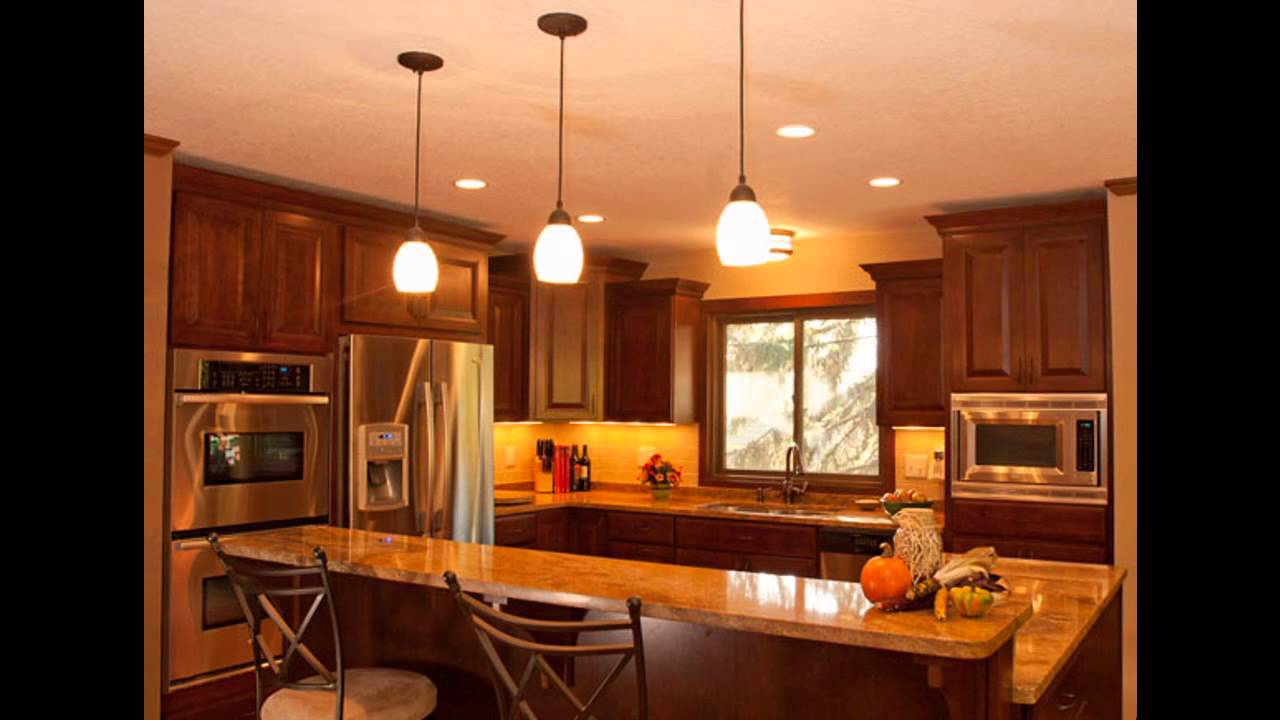 Lighting plays a crucial role in setting the mood and ambiance of a space. In the kitchen, where we spend a lot of time cooking and entertaining, it's essential to have lighting that can be adjusted to suit the occasion. Recessed lighting offers versatility in this aspect, as it can be dimmed or brightened to create the desired atmosphere. Whether you're cooking a romantic dinner for two or hosting a lively gathering, recessed lighting can help set the perfect mood.
In conclusion, recessed lighting is a must-have in any kitchen design. It not only enhances the overall aesthetic but also provides adequate illumination, saves space, and elevates the mood. So, the next time you're considering whether or not to include recessed lighting in your kitchen, remember the benefits it offers and make it a part of your design plan. Trust us, you won't regret it.
Lighting plays a crucial role in setting the mood and ambiance of a space. In the kitchen, where we spend a lot of time cooking and entertaining, it's essential to have lighting that can be adjusted to suit the occasion. Recessed lighting offers versatility in this aspect, as it can be dimmed or brightened to create the desired atmosphere. Whether you're cooking a romantic dinner for two or hosting a lively gathering, recessed lighting can help set the perfect mood.
In conclusion, recessed lighting is a must-have in any kitchen design. It not only enhances the overall aesthetic but also provides adequate illumination, saves space, and elevates the mood. So, the next time you're considering whether or not to include recessed lighting in your kitchen, remember the benefits it offers and make it a part of your design plan. Trust us, you won't regret it.



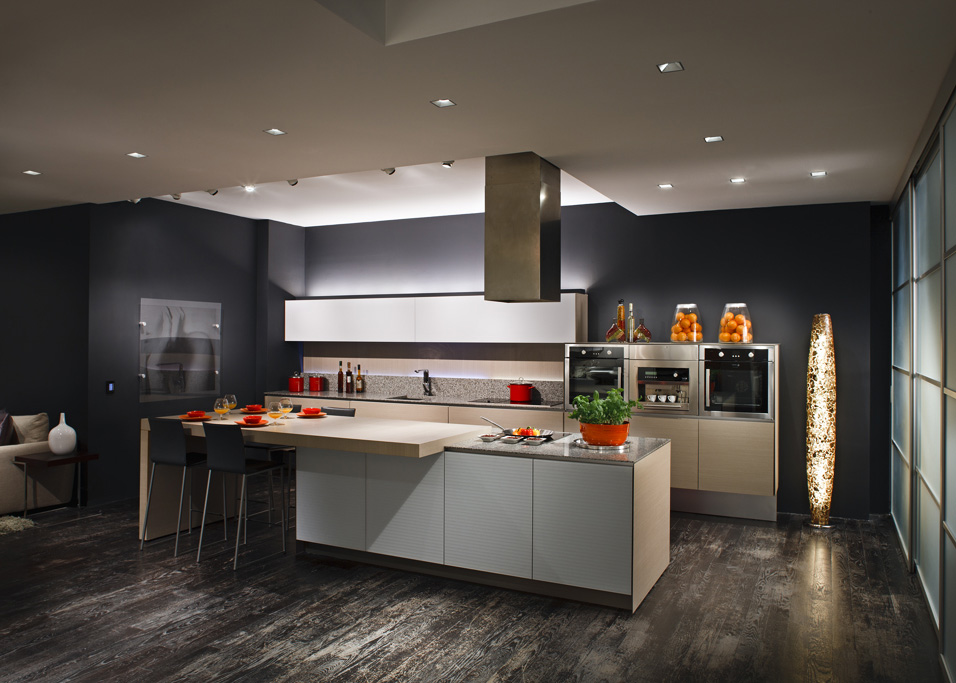
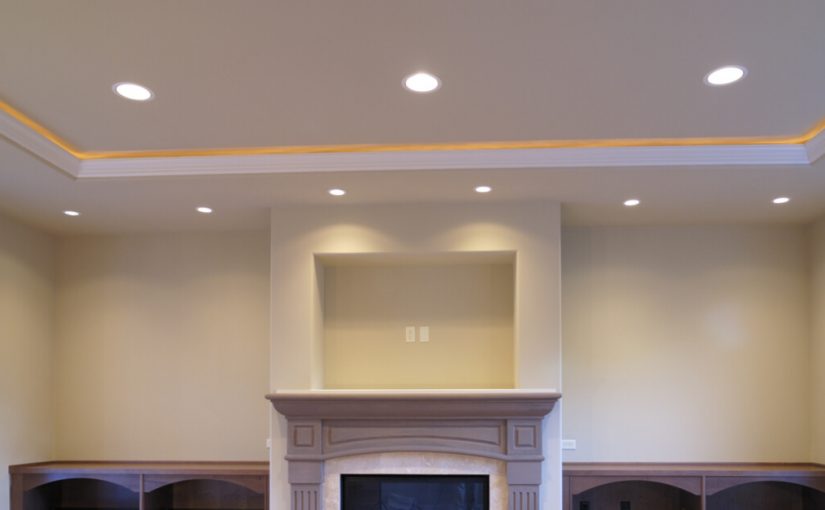






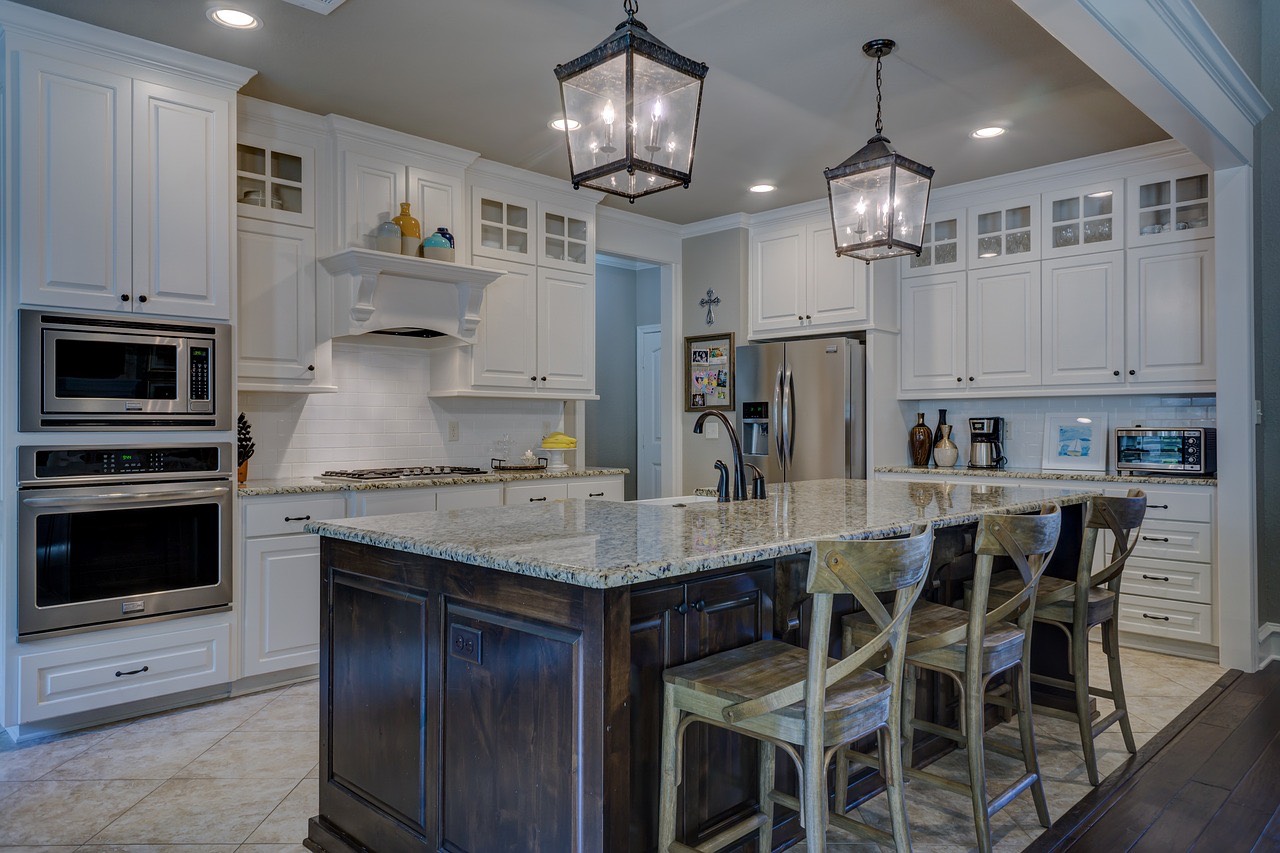


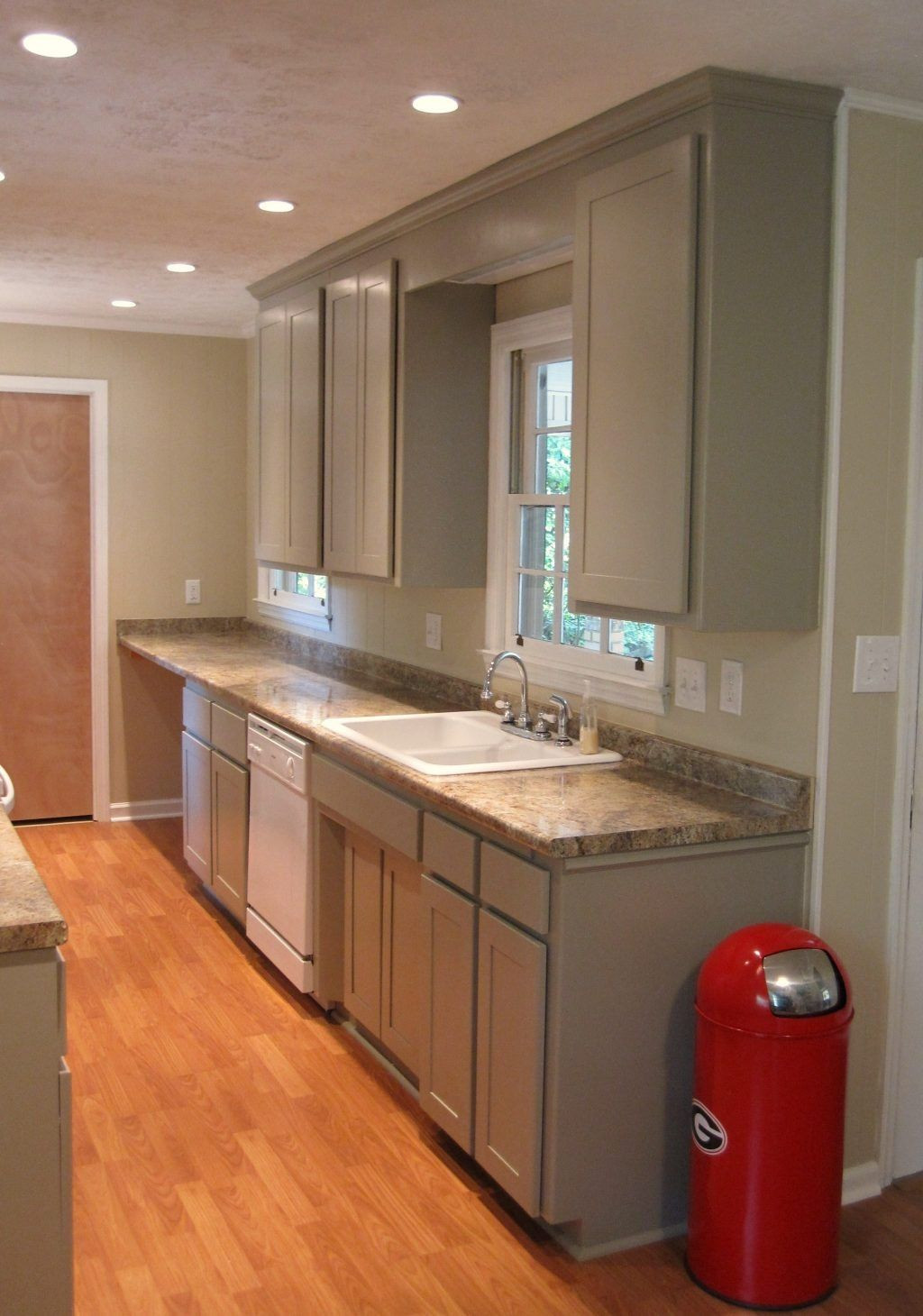

:max_bytes(150000):strip_icc()/kitchenrecessedlighting-GettyImages-155383268-dec5caad600541ff81cbdd6d06846c66.jpg)









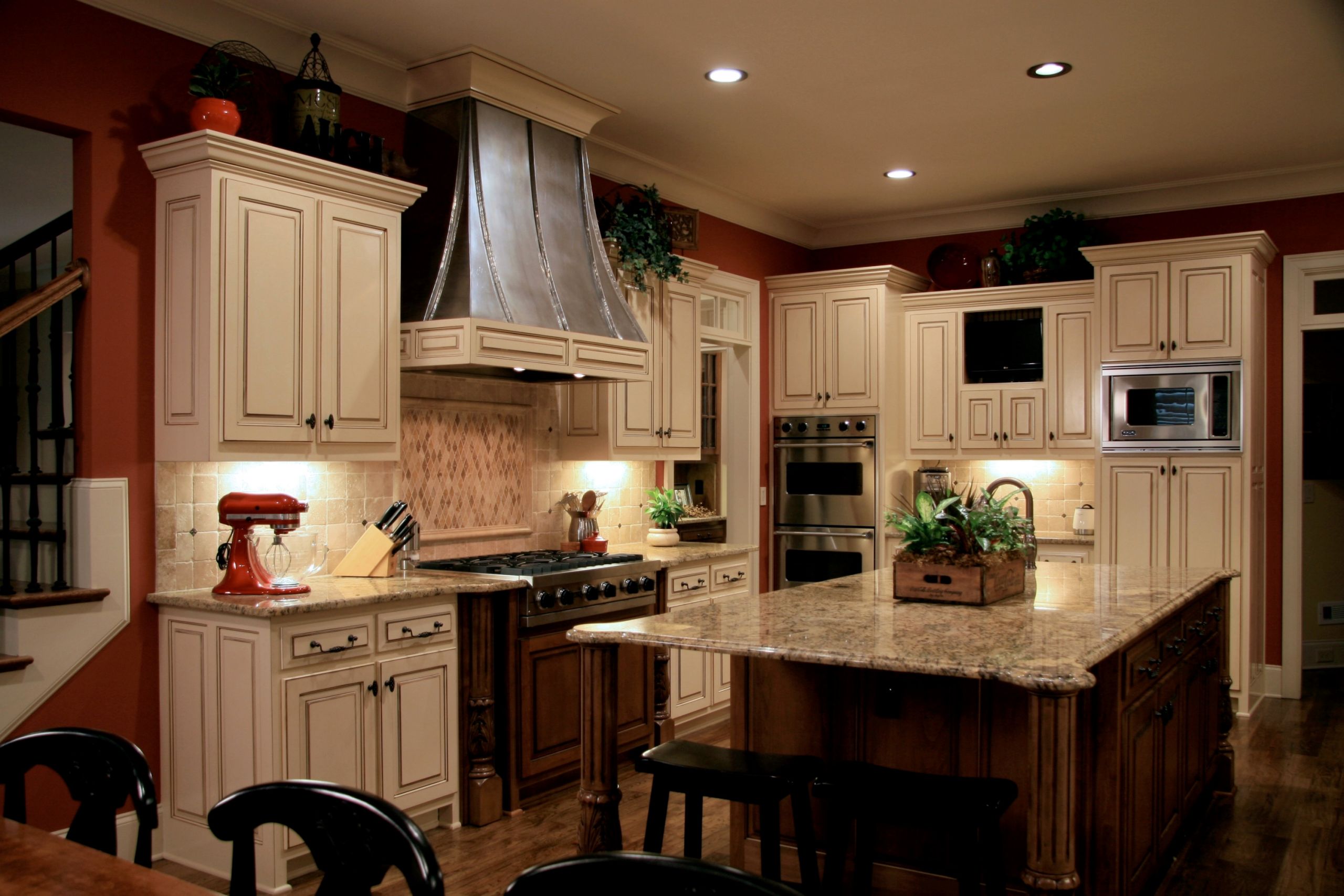
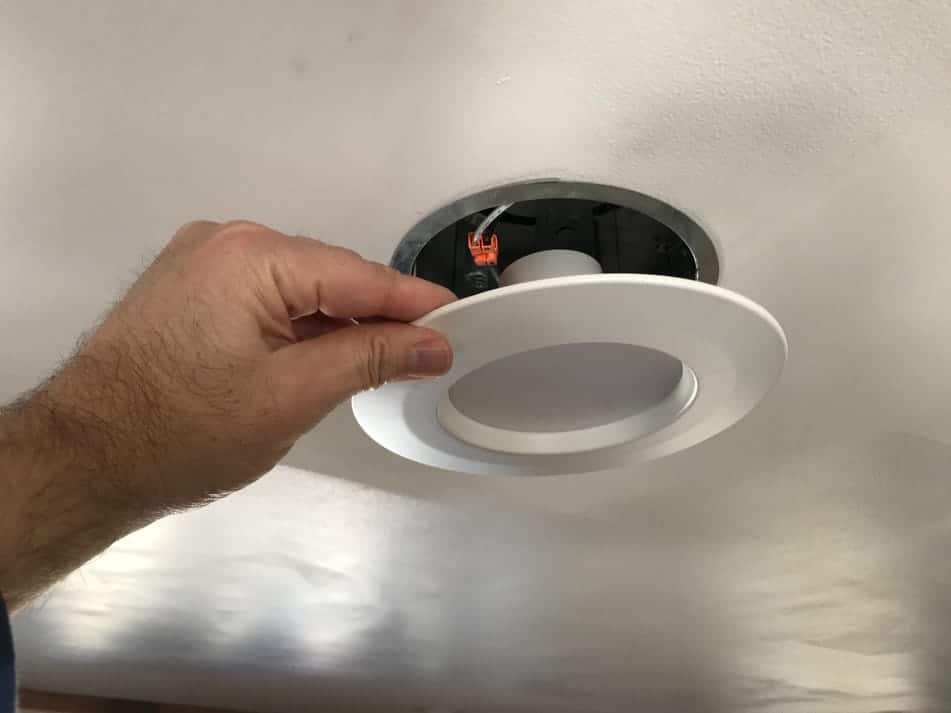


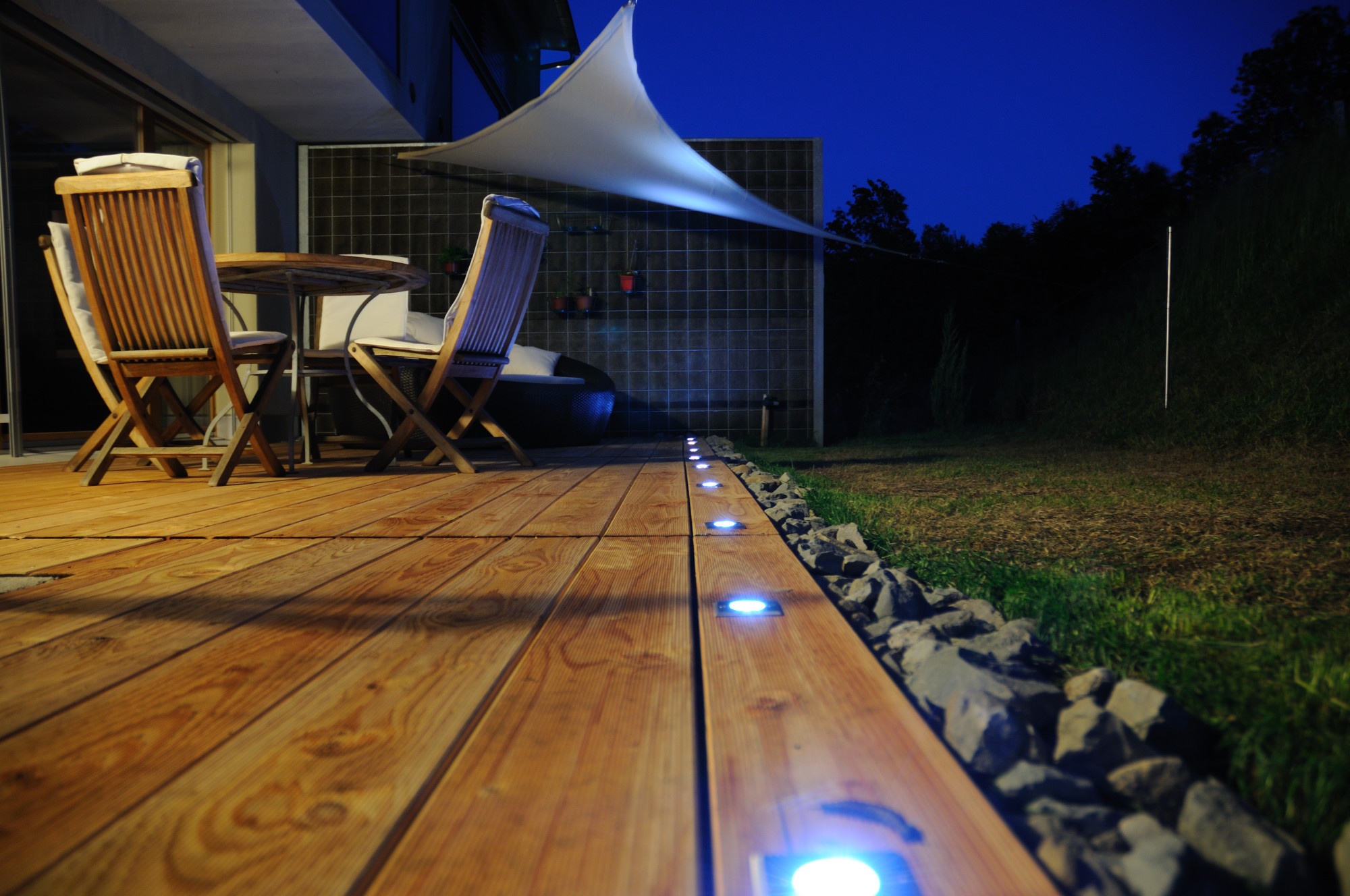


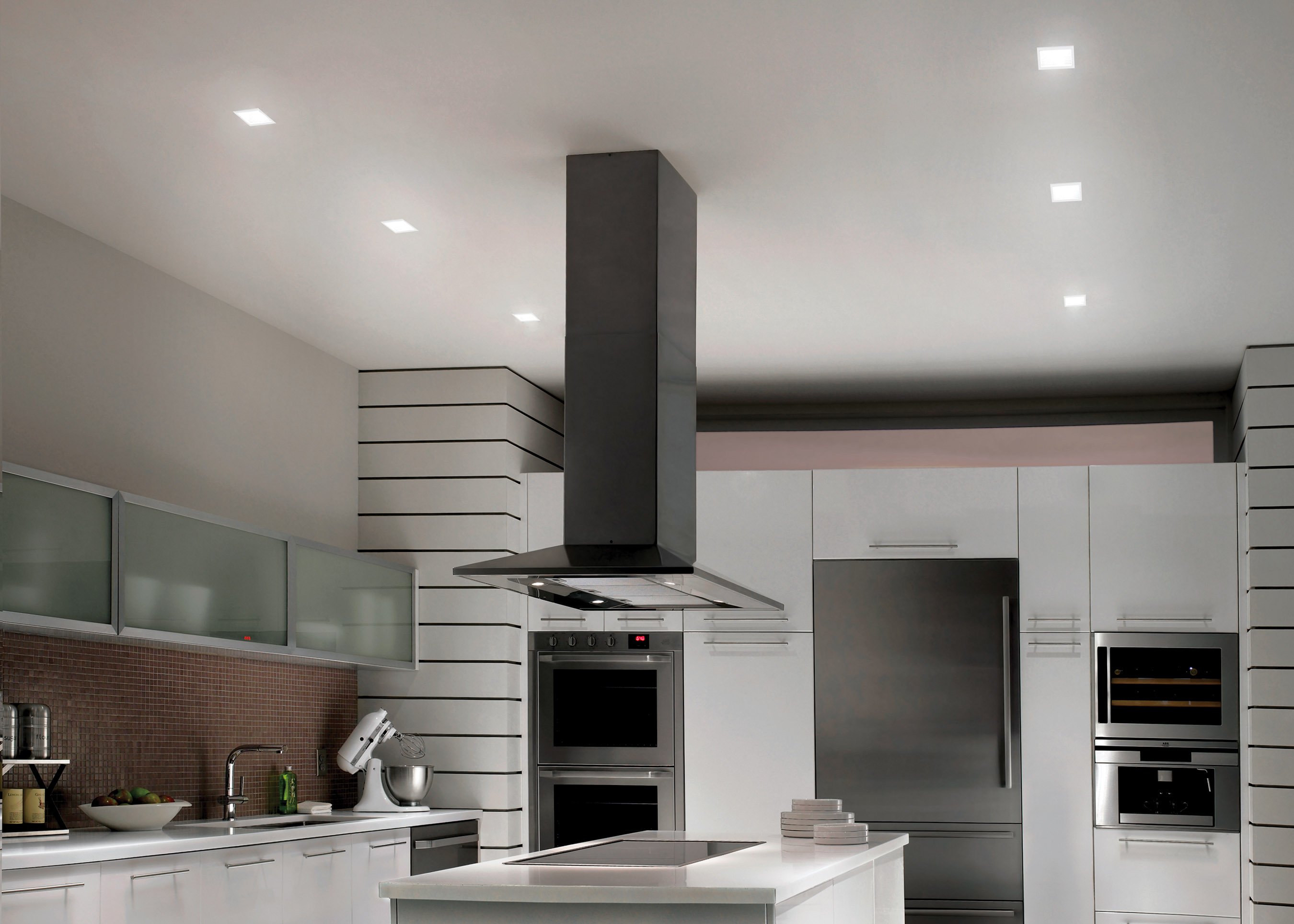

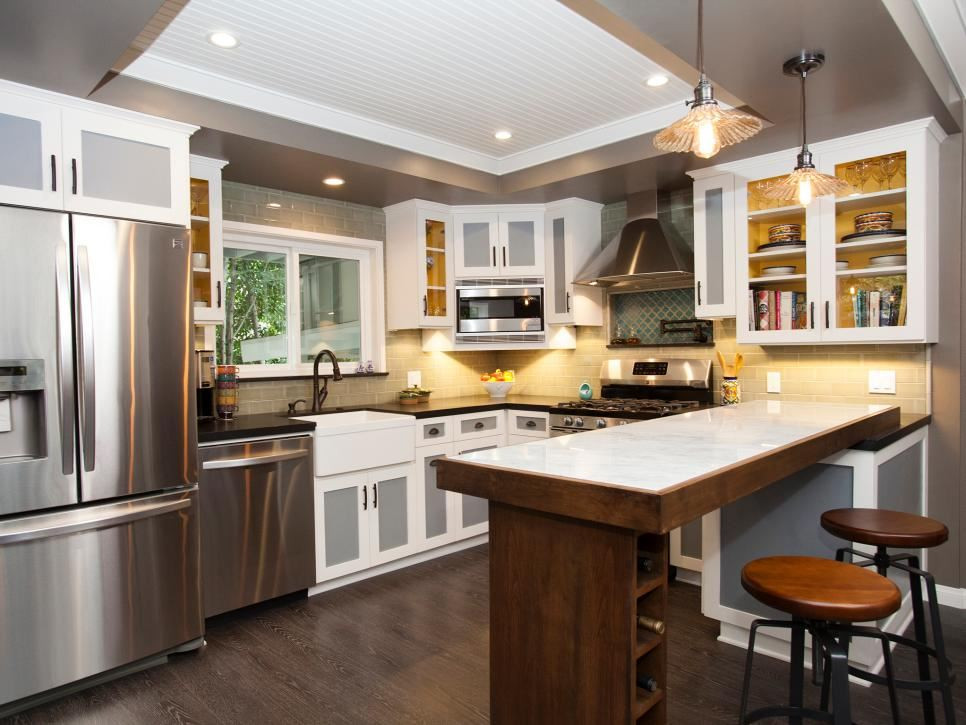
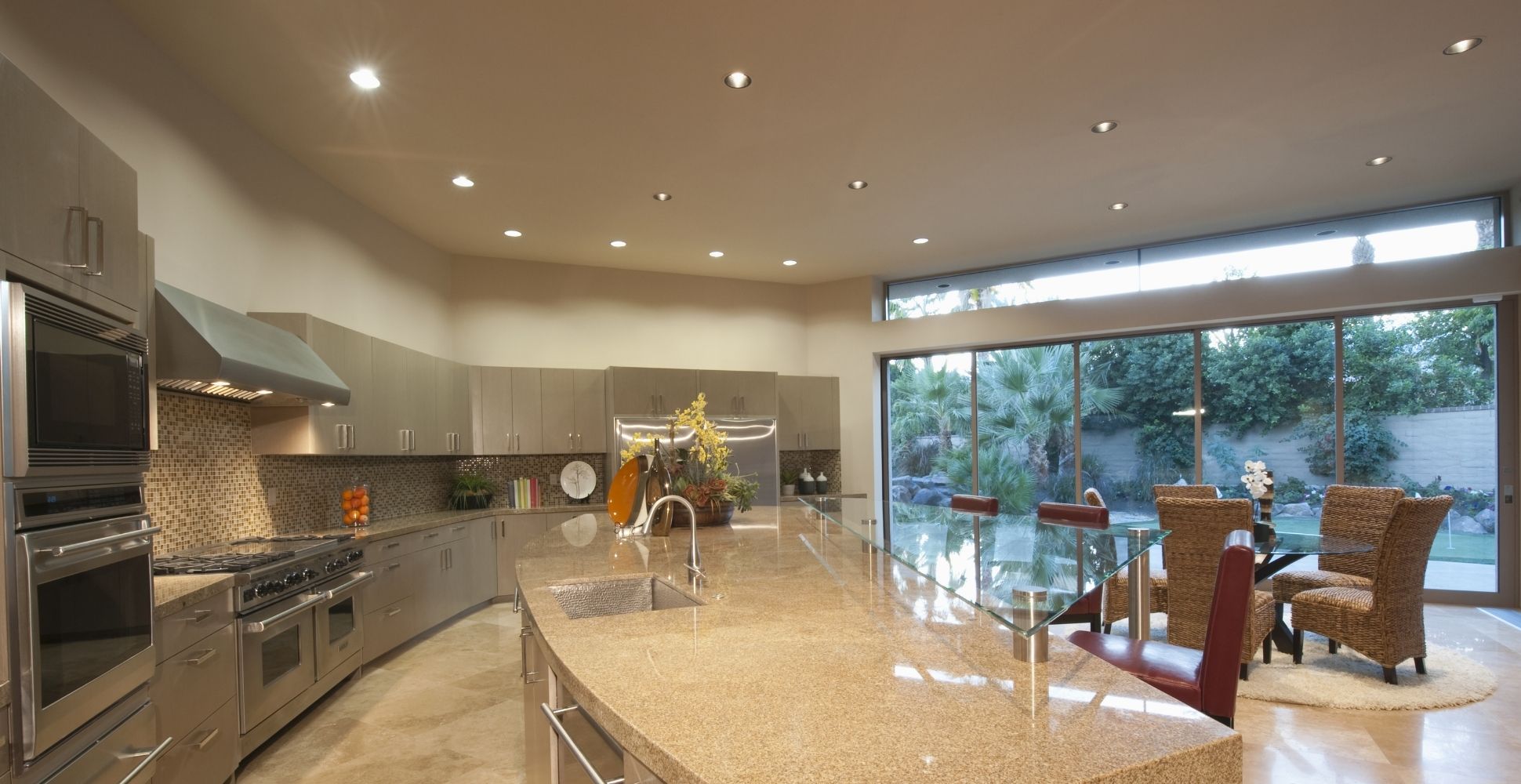


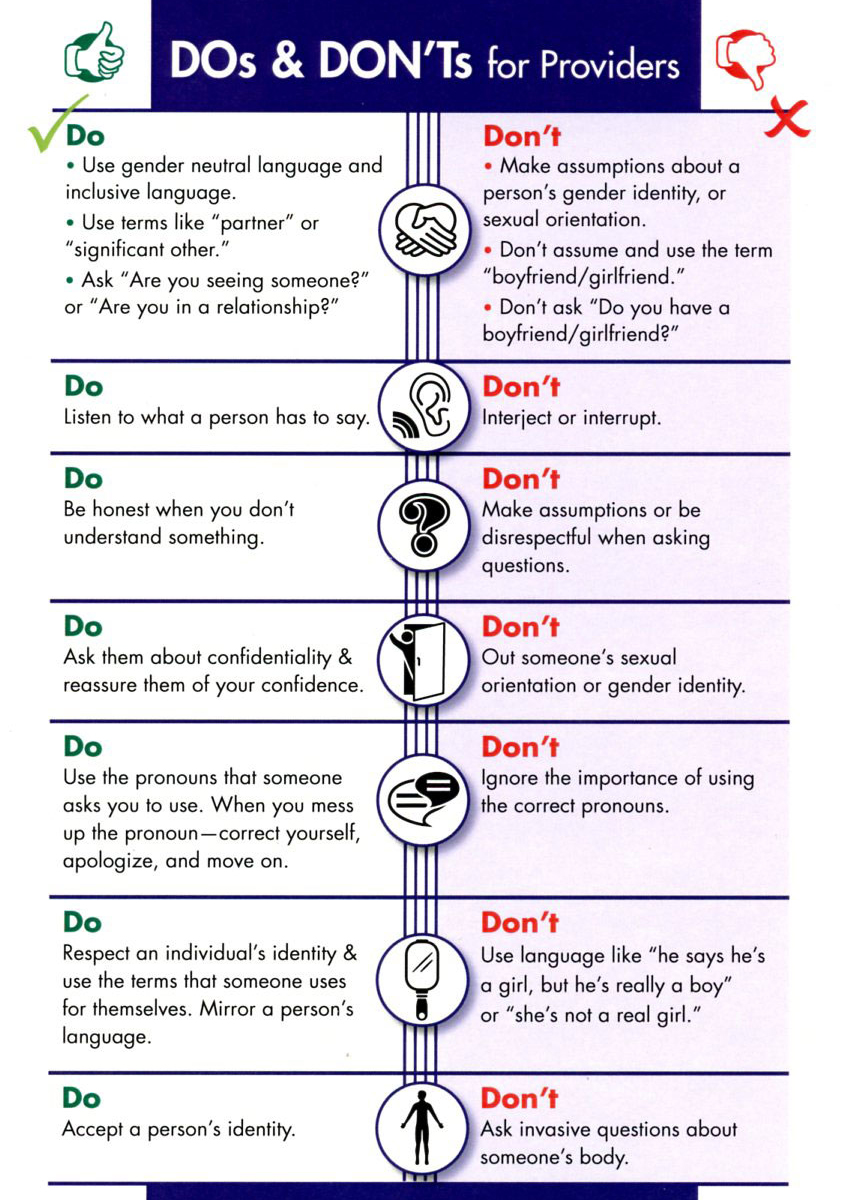


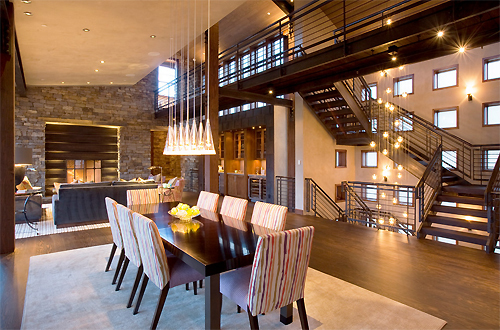



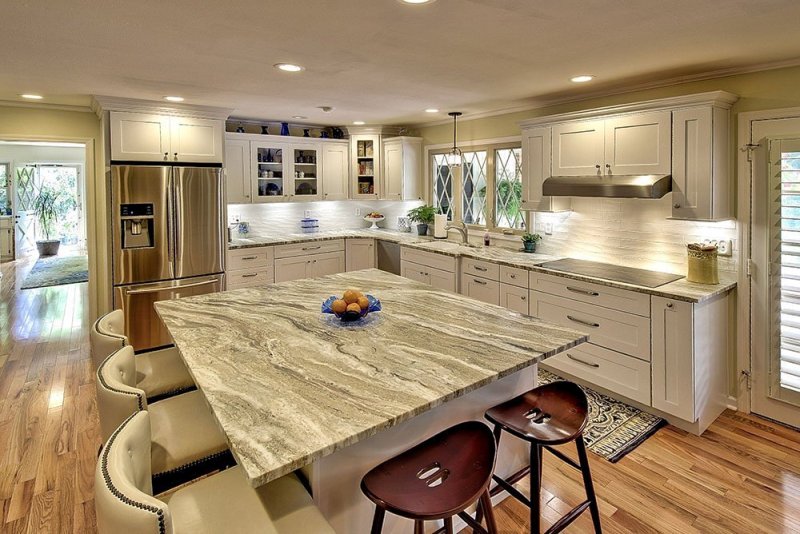




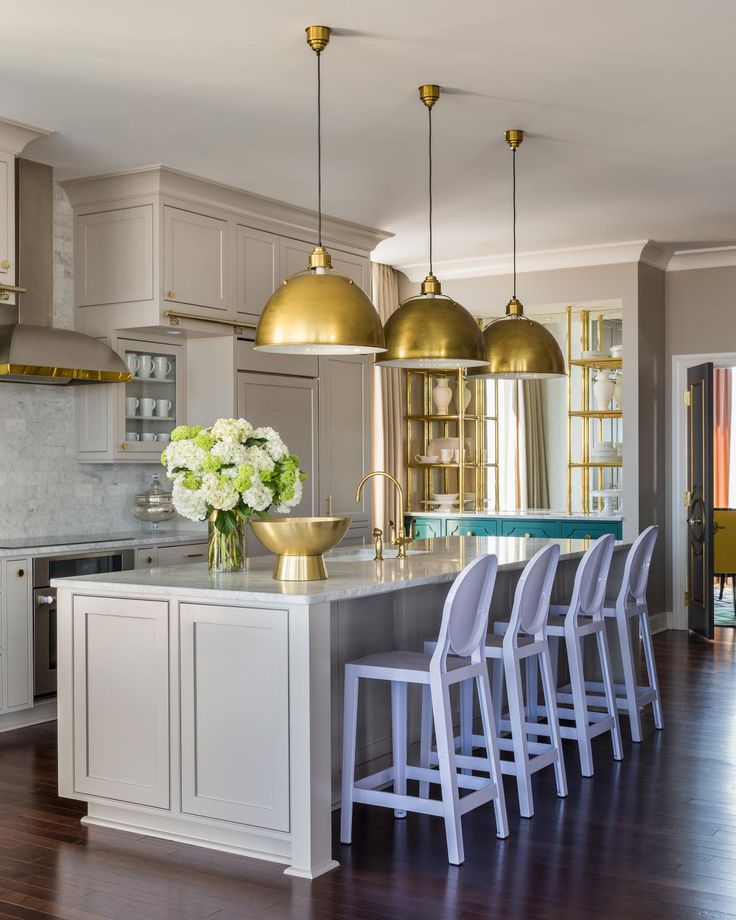
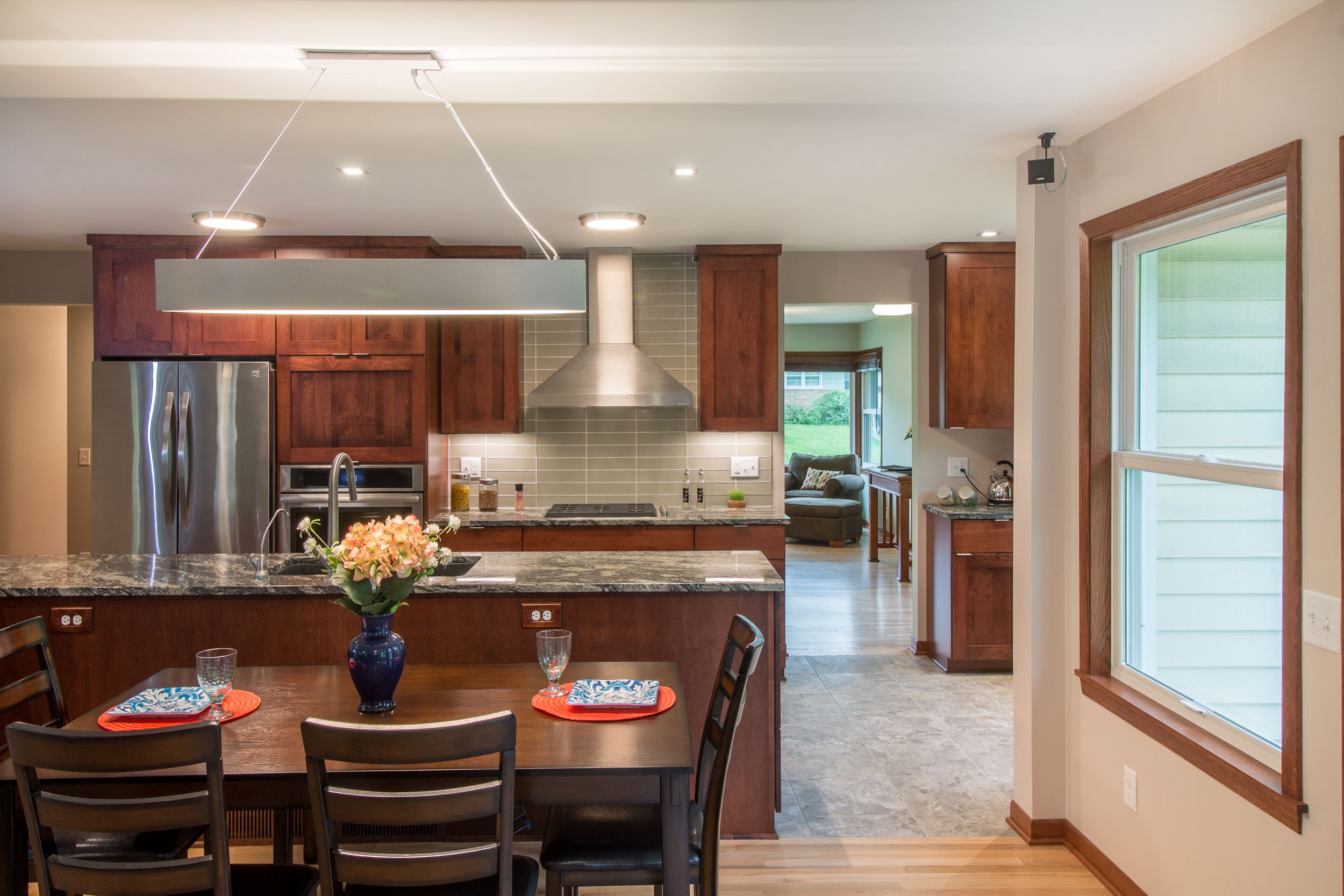

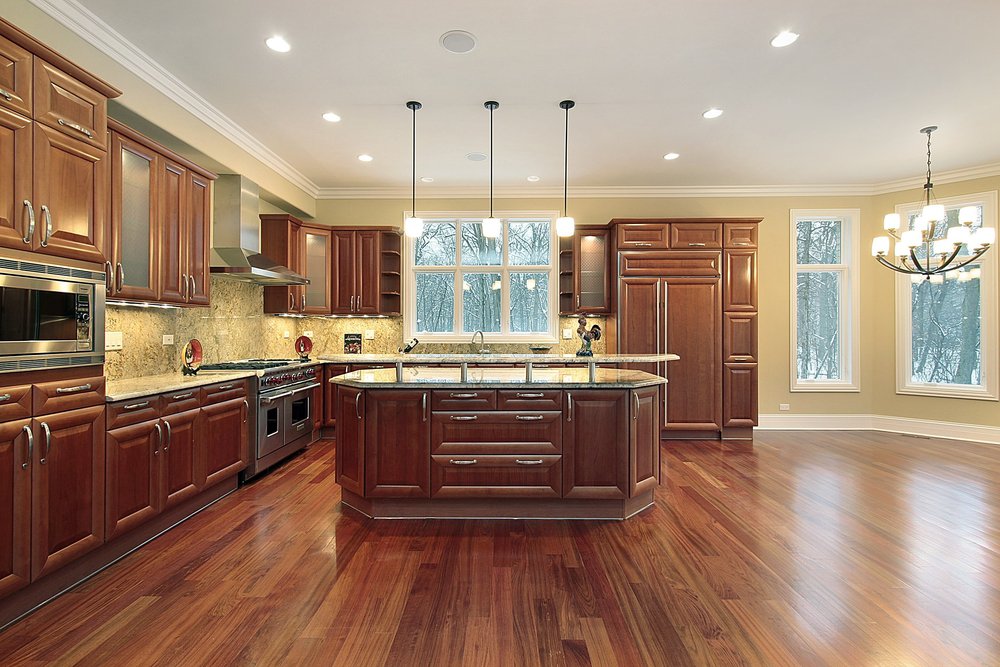







:max_bytes(150000):strip_icc()/DSC_0268-3b917e92940e4869859fa29983d2063c.jpeg)



